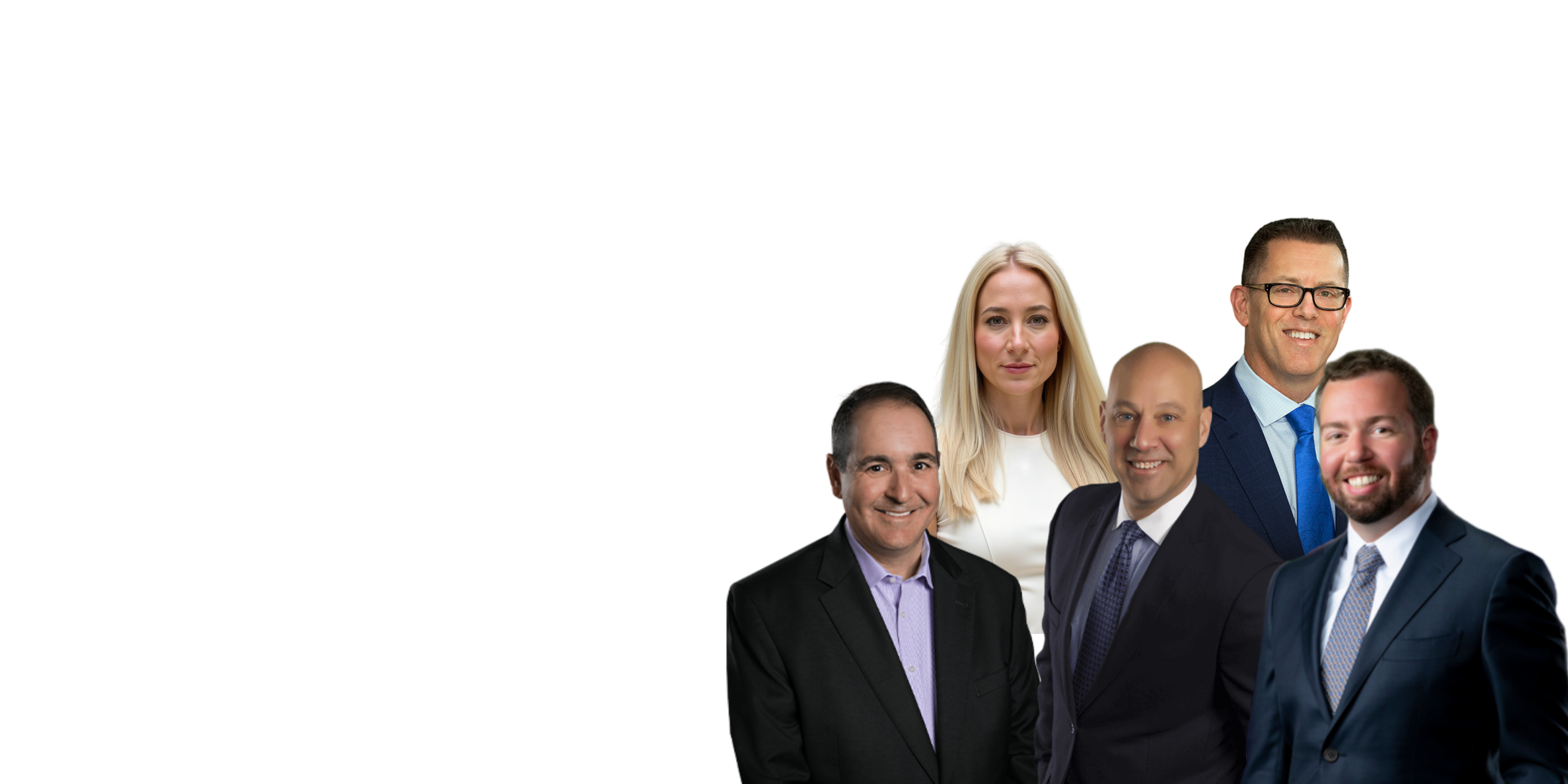Common Types of Virginia Slip and Fall Cases
The most common causes of slip-and-fall accidents are spills, failure to keep a safe and clean property (such as failing to sweep floors properly), failure to clean up after spills, weather-related slip and falls, cracks, defects or other breaks, and dangerous conditions on a floor (such as a defective step, lift, or railing).
The duty of care is always on the property owner in these events. The property user has a duty to keep a lookout for their surroundings and not contribute to their own injury. In slip-and-fall cases, the responsible party or property owner could be the business, a holding company, a government entity, or a private person. If you are in a Virginia slip and fall case, it is important for you to work with an experienced slip and fall attorney who can help explain what to do following an accident.
Common Scenarios
Slip and fall accidents are quite common and a lot of slip and fall accidents occur in the retail setting, whether that be a supermarket, a shopping center, or a place that is highly trafficked by other people. Those are quite common because of the constantly changing premises. The condition of the floors could make them susceptible to wetness or there could be objects falling or an obstruction.
Another common area includes sidewalks or walkways – again places that are highly trafficked – that become obstructed or dangerous due to things like weather conditions, other patrons not caring for them properly, or simply if they break down faster than another area would. Crumbling sidewalks or wet, slick, or icy conditions could all lead to potential instances of slip and fall protractions.
Types of Injuries
A wide variety of injuries may incur in slip-and-fall cases. The most common are sprains, strains, and hand and wrist injuries where someone braces their fall. It is also common to have head injuries from a person’s head striking the ground as a result of a fall. These head injuries could include fractures, bruises or traumatic brain injuries (TBIs) such as a concussion or worse.
In addition hip, back, cervical spine, lower back, thoracic and dorsal spine injuries, as well as can occur in because of a slip and fall. Brain injuries, in particular, are difficult to diagnosis, difficult to treat, and the long-term recovery period is difficult to predict.
These types of injuries are hard for insurance companies and claims adjusters to evaluate because they are unique to every person. Every case is unique and people recover differently from traumatic brain injuries. Other common injuries include hand, wrist, and lower arm injuries consistent with a fall.
Following an Injury
If someone is injured in a slip and fall, the very first thing they should do is seek medical treatment for the injuries sustained in the slip and fall. The person actually has a duty to mitigate damage in terms of seeking timely treatment. If they are truly hurt by any of the common types of slip and fall cases in Virginia, then they need to be seen by a professional and treated. They should do it as soon as possible and demand any tests they feel may be appropriate, talk to their doctor, whether it be an emergency care provider, a family doctor, or maybe a medical practitioner, and find out more information about how to get better.
In addition, there should be a record stating that they were injured, whether it was on a private property, at a store, or at a place of business. They should have a report done that includes contact information of store employees or other people that were in the area. These are important steps during a Virginia slip and fall case.













